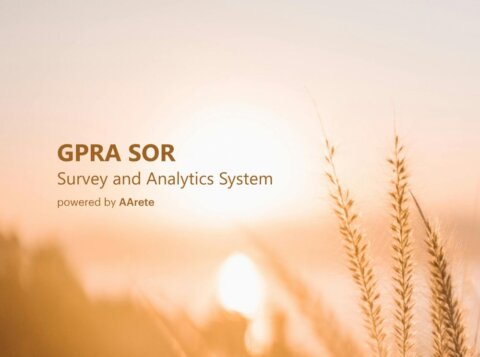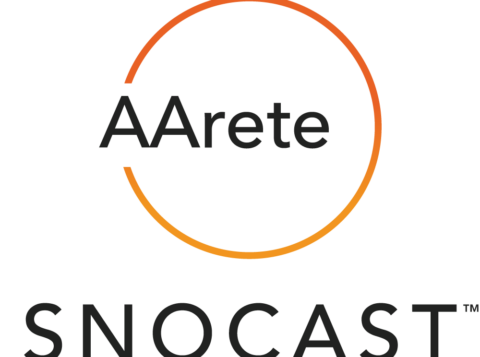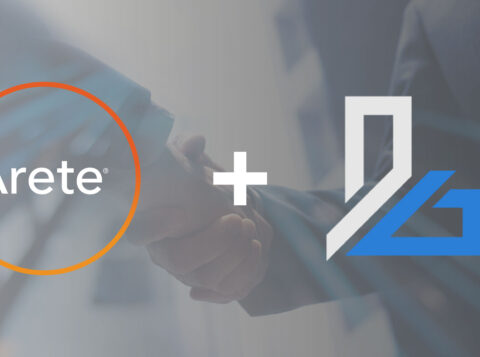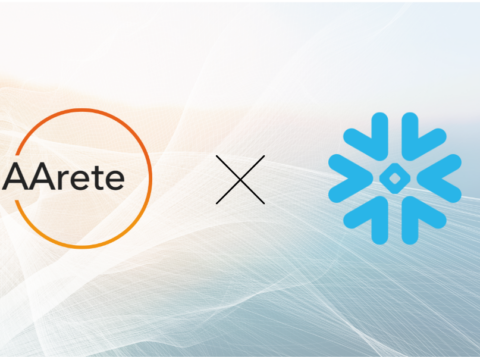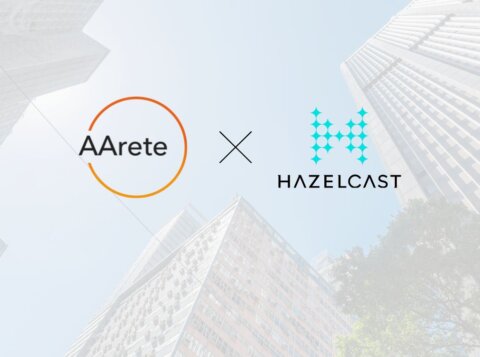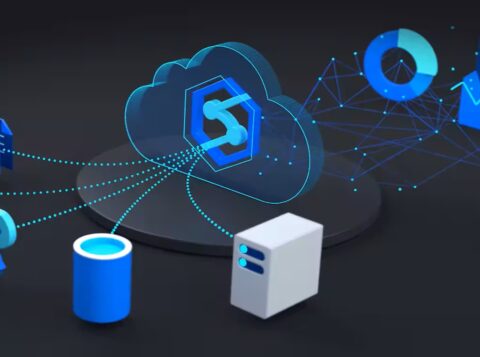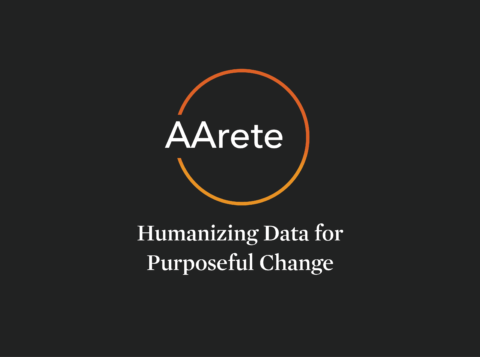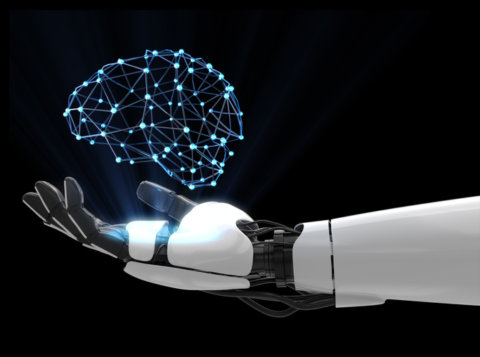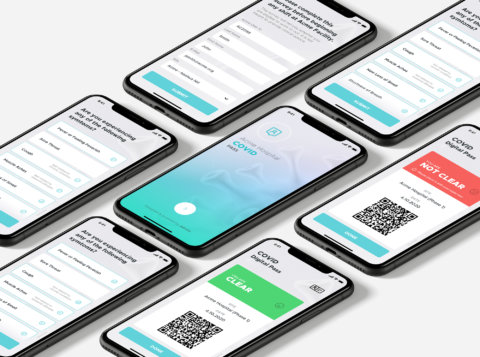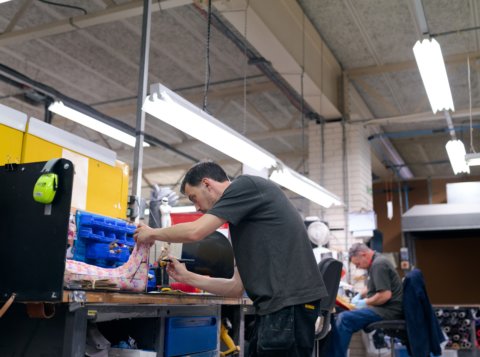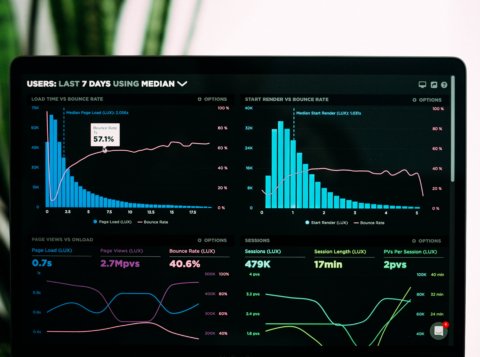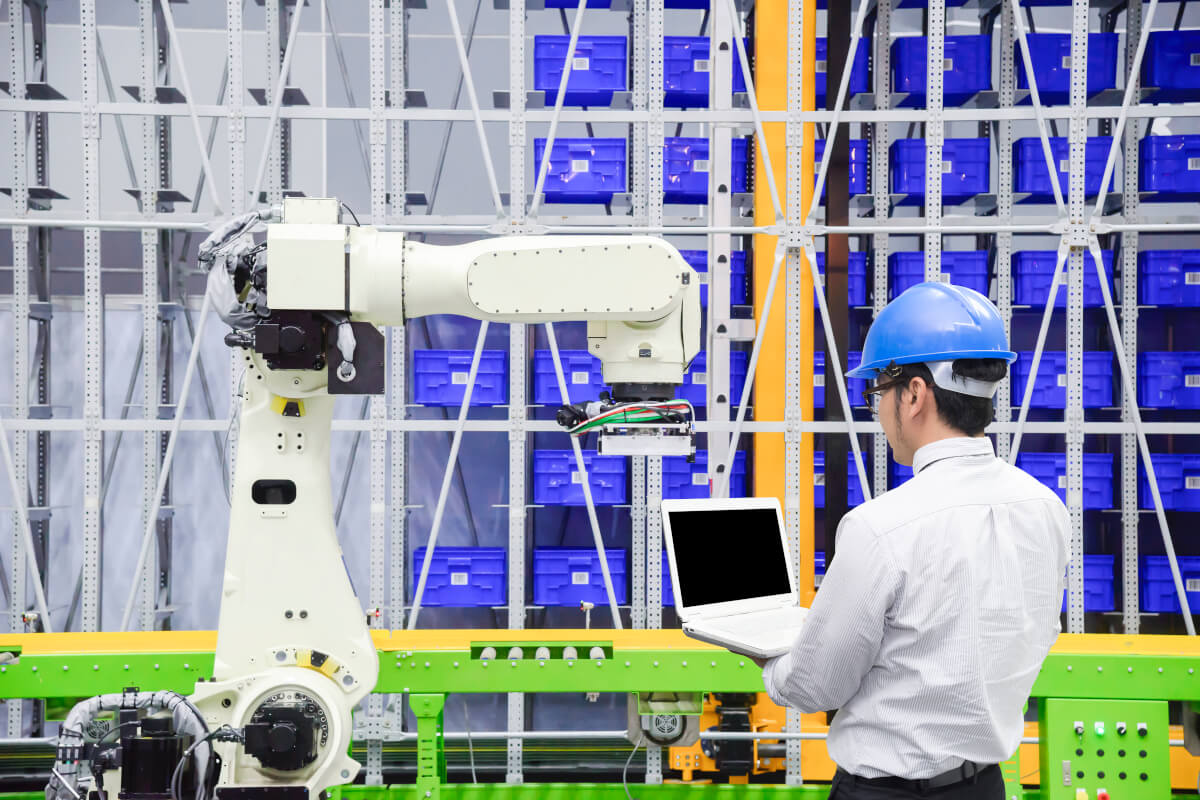The CIO’s AI + RPA Blueprint: From Automation Use Case Discovery to Enterprise Value
This is an AArete Digital & Technology insight
Robotic Process Automation (RPA) has grown fast. What began as simple scripts handling repetitive clicks and keystrokes is now something far more capable.
In the era of RPA 2.0, automation draws on AI, process mining, and machine learning to reshape how enterprises operate. New tools like generative AI, Intelligent Document Processing (IDP), task mining, and agentic automation aren’t just expediting back-office chores, they’re enabling workflows that adapt to decisions in real time.
But advanced technology on its own doesn’t deliver transformation. We’ve seen automation programs falter not because the bots failed, but because the intake process was never clearly defined. Without a deliberate way to identify and evaluate opportunities, the promise of RPA 2.0 drifts away from the outcomes that matter most: shorter cycle times, fewer errors, tighter compliance, and better customer experiences.
That’s where intake comes in. Every automation initiative generates a long list of possible use cases, but not all of them deserve investment. Intake provides the structure to separate signal from noise to connect business ambition with technical feasibility and it’s the foundation on which sustainable automation programs are built.
Intake as the Foundation for Scale
Think of intake as the handshake between business priorities and technical feasibility. It’s the front door to automation. Done well, it keeps programs from becoming scattershot.
In practice, intake starts with discovery: business stakeholders surface processes that look like strong candidates high-volume, repetitive, rules-driven, and tied directly to cost savings or productivity.
That’s followed by feasibility: automation architects step in to confirm whether those processes can realistically be automated given system constraints, security rules, and compliance standards.
This is a back-and-forth conversation, not a box-checking exercise, and it’s often where alignment between business and IT is either secured or lost.
Criteria for Process Selection
Not every process is worth automating. The best ones tend to share familiar traits. They are:
- Repetitive
- Rules-based
- High in volume, and
- Depend on structured digital data
They also tend to run on stable, well-maintained applications and line up neatly with compliance or governance requirements. By contrast, processes that lean on shaky systems, handwritten documents, or frequent exceptions usually don’t make the cut, unless AI is deliberately applied to handle that complexity. Intake helps surface these distinctions early so that the automation pipeline doesn’t overpromise or collapse under unfit candidates.
Early Stakeholder Engagement and Readiness
Many automation initiatives never stumble in development. They stumble before it. Missing service accounts, limited access to target applications, or inconsistent test data can all derail momentum. Intake works best when readiness is embedded from the start.
That means engaging with security teams early to provision BOT accounts, giving development teams the right access to systems, ensuring production-like test data is available in lower environments, and keeping sight of changes upstream or downstream that might destabilize automations.
Addressing these details up front isn’t glamorous, but it’s what accelerates time-to-value and keeps cross-functional teams moving in step.
AI + RPA: RPA 2.0 in Action
If intake is the starting line, AI is the force that pushes automation beyond the obvious. Many processes once dismissed as “too complex” are now firmly in scope. AI-enhanced process mining can surface inefficiencies buried in day-to-day workflows. For instance, Intelligent Document Processing makes sense of invoices, contracts, and claims, documents that used to bottleneck entire departments.
Large Language Models can read unstructured requests, route them intelligently, and even triage cases. Predictive analytics adds another layer by helping organizations decide which cases should be handled first.
In other words, AI doesn’t replace intake; it extends it. By weaving intelligence into both the selection and execution of use cases, organizations expand their pipeline while raising the odds that automation will actually stick.
KPIs that Demonstrate Value
The credibility of any automation program lives or dies on whether it delivers outcomes people can see. To ensure intake translates into enterprise value, organizations should link automation to KPIs:
For instance:
- Reduction in cycle times (thanks to streamlined, end-to-end processes)
- Error rate reduction (as bots handle repetitive tasks more consistently than humans)
- Productivity gains (as employees are freed to focus on higher-value work)
- Compliance for HIPAA, SOX, etc. improves (because every step of a process is logged and traceable)
Even customer experience gets a lift, whether that’s a faster resolution to a service request or a better NPS score. Dashboards that track these results aren’t just nice to have, they’re essential. They give stakeholders the transparency they expect, and they make the ROI of automation tangible instead of theoretical.
A Case in Point
Here’s an example: A healthcare payer turns to intake to evaluate claims processing. The process checks the right boxes: repetitive, high-volume work running on stable systems. Intake discovery confirmed it as a strong candidate. AI extends the value. IDP handled unstructured claims data, while predictive analytics flagged anomalies before they grew into larger issues.
The impact becomes immediately clear: Claims cycle times improve by 65%, error rates drop by 40%, and audit trails became more reliable for compliance.
Intake provides the focus, and AI supplies the scale.
Governance and Compliance
Intake also functions as a safeguard. It’s the step where privacy rules, ethical AI practices, and risk considerations are evaluated before development begins.
Skipping this checkpoint often leads to rework and budget overruns. Addressing it early, on the other hand, gives stakeholders confidence and keeps programs on stable ground.
The Road Ahead
RPA paired with AI is no longer an experiment. It’s shaping core business operations today. The organizations that pull ahead will be those that treat intake, KPI alignment, and governance as disciplines not side notes. Intake should remain the entry point, where priorities are clarified and dependencies surfaced before development starts.
For CIOs and program leaders, the objective isn’t a handful of quick-win bots. It’s building automation programs that last, align with enterprise goals, and demonstrate measurable impact.
When intake is done right, automation becomes more than a cost lever. It becomes a reliable way to drive performance and sustain competitive advantage.
Meet The Authors

Kulbir Sandhu
Manager















